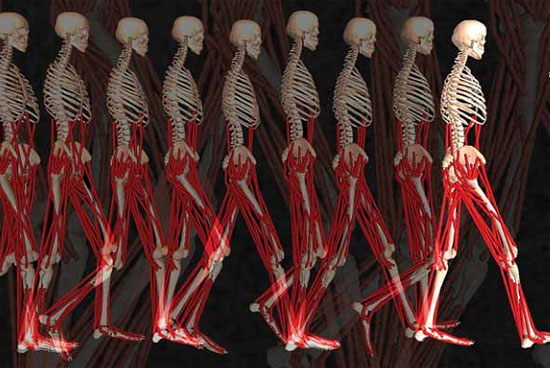Knee Meniscus Surgery Alters Normal Biomechanics of Walking
Interesting study out this month showing that surgically removing part of a knee meniscus during arthroscopic surgery actually alters the way the knee works and leads to more cartilage to cartilage contact in the joint and thus likely more arthritis. To better understand this study, it helps to think of the knee meniscus as a spacer that keeps the two cartilage surfaces of the joint (the upper one on the femur bone and the lower one on the tibia bone) apart. Without this spacer, the two surfaces wear more on one another. Often after meniscus surgery to trim part of a torn meniscus, the meniscus begins to spit our of the joint, further reducing the ability of the spacer to protect the joint. All of this makes sense, as there’s noting about a smaller meniscus (after the torn parts have been cut out) that would make one think that the knee would be better off. This study confirms that changes in the way the knee works due to these menisectomy surgeries lead to more contact and wear and tear of the joint surfaces. This fits with other studies questioning why we’re still performing arthroscopic knee surgeries to treat a torn meniscus. In summary, less meniscus equals more arthritis and a knee that doesn’t work as well as the original equipment!

NOTE: This blog post provides general information to help the reader better understand regenerative medicine, musculoskeletal health, and related subjects. All content provided in this blog, website, or any linked materials, including text, graphics, images, patient profiles, outcomes, and information, are not intended and should not be considered or used as a substitute for medical advice, diagnosis, or treatment. Please always consult with a professional and certified healthcare provider to discuss if a treatment is right for you.

